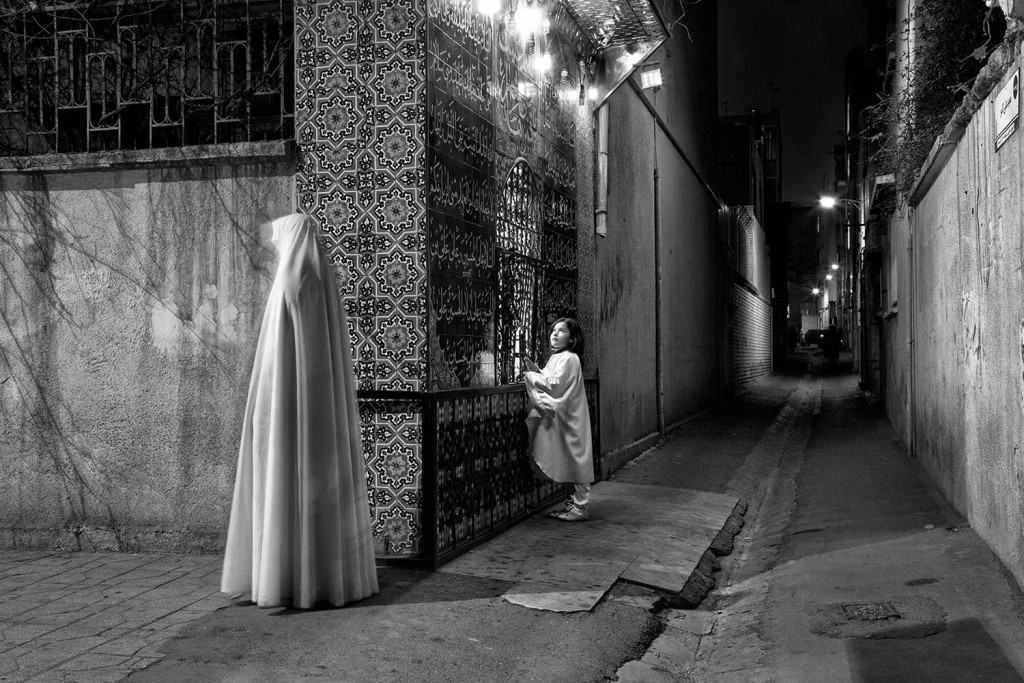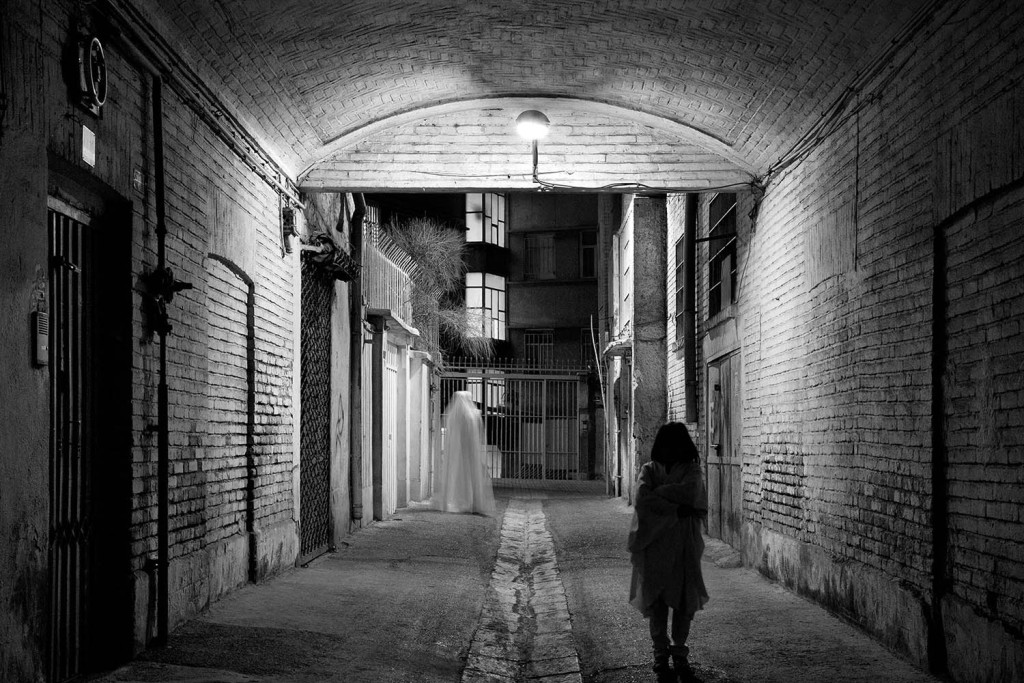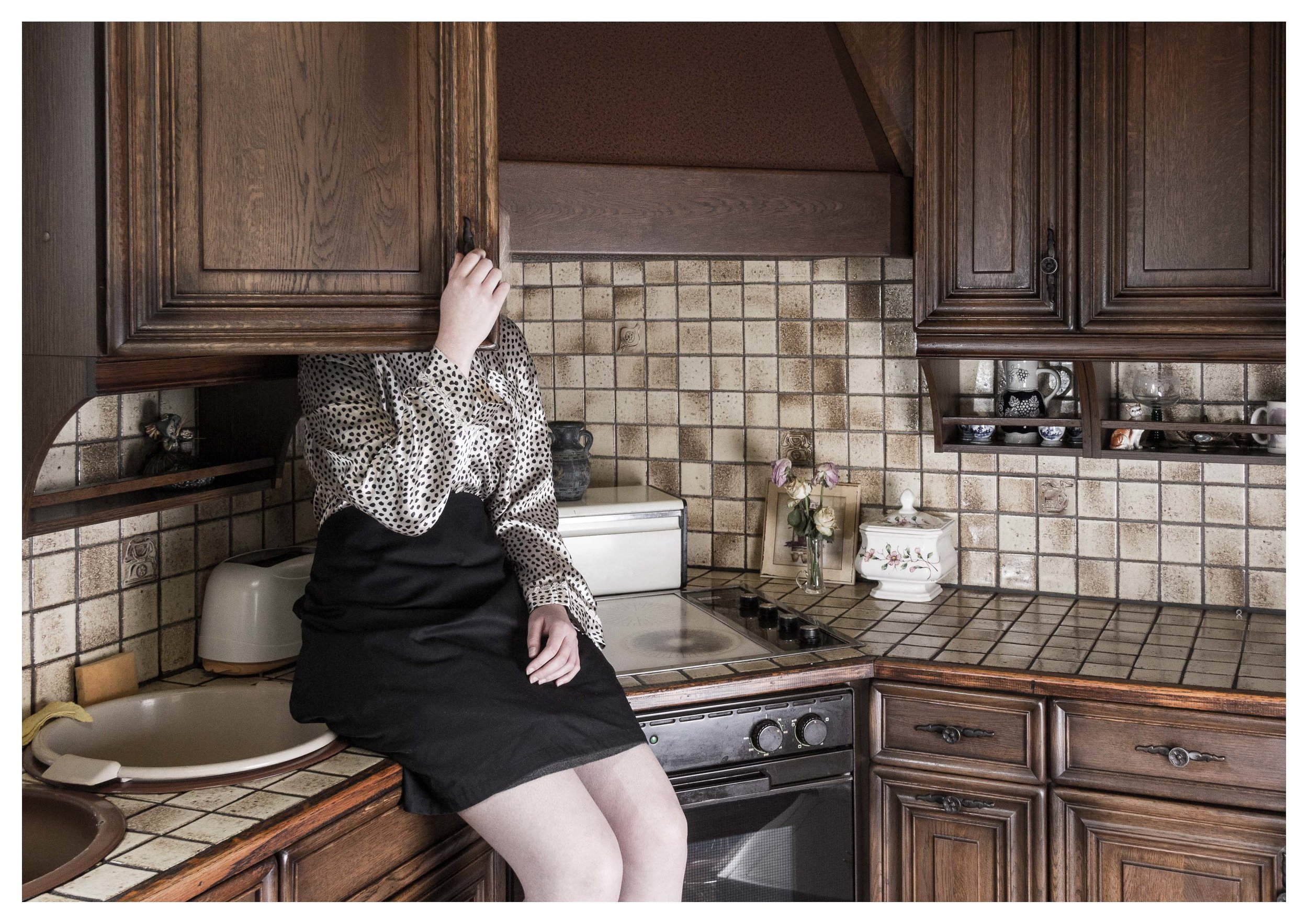It can be said that in all styles of photography, the photographer is at least involved in determining the frame and focus of the lens, In general, advertising photography, portrait photography, theater photography and concert photography are also considered staged photography.
Staged photography offers many more opportunities to showcase a photographer’s abilities than the style of a documentary or news photographer. Sometimes in stage photography, everything can be designed according to reality, that is, you choose everything based on reality, with the difference that the location of each element in the image is up to you.
Sometimes it is possible to use staged photography to create a space that bears no resemblance to reality and is considered a kind of surreal photography; In this style, you can create a disturbance in time and reality, which also has its charms.
Table of Contents
How is staged photography done?
Stage photographers do not feel required to follow a specific rule and sometimes use special techniques such as manipulating camera settings, photomontage or different lighting adjustments for staged photography.

Staged photography is one of the oldest and most important photography styles that are very popular among professional photographers, although it is not as popular as other styles, or rather, staged photography is disappearing today. It moves and gives way to alternative styles and names.
Stage photography stages;
Staged photography in terms of form and image and content, categories into 3 main stages below;
- The first stage involves photographs that do not easily reveal their particular imaginary forms and cultural codes and use such photography for very vague and complex narratives with vague hints and references. When the viewer cannot distinguish “where” and “when” the image is created dreamily, also one of the visual tricks that challenges the visual meaning and uncertainty is to show people while removing their faces from Viewers have returned and kept their character anonymous.
- The second stage, which can be well distinguished by some photographers, is that they consciously oscillate on the border between authentic and staged reality, and are something between the design of the documentary actors.
- The third stage is images that do not rely on human presence and search for emotions and anecdotes in physical space and architecture. These photos call on the viewer to fill the void left by the people who should be in the picture with the help of the works that remain from their actions and thoughts. These works have dimensions and sizes so large that they inevitably put the viewer in a tangible connection with the stage, and even if they are not real dimensions and sizes, they give the audience the feeling that it is approaching and is now Step inside the image space.

What are the required steps for staged photography?

- In staged photography, all the details must be paid attention to and the image must be recorded for the audience. If we do not pay attention to details in stage photography, surely a good photo that we can advertise on will not be recorded.
- Staged photography usually uses something like a storyboard in a cinema, in which the photographer draws the idea he has in mind entirely on paper to better understand the final design, after which it may take several times and repeating a photo to get the result you want.
Four main sub-categories for staged photography
- Designed self-portraits, in which the artists themselves play various roles (such as the works of Florence Knight, Jeff Koons, Pierre and Gilles, Cindy Sherman and Charda Sikima)
- Narrative paintings, in which live models or mannequins with photographic staging play roles inspired by social life, myth, and imagination (such as the works of Bernard Foucault, Joe Gantz, Nick Nicosia, Ian Sudek, Sandy Sagland, William Walkman, and Joel Peter Witkin)
- Miniature plays, which are similar to narrative paintings, but are depicted on a small scale with puppets, toys, and other miniature displays (such as Ellen Brooks, James Casper, Alan Fleischer, David Leventhal, Joachim Mugara, and Arthur Fear).
- Installations and photographs of sculptures that are carefully arranged large-scale photographs of objects (such as Ariel Bunsen, Tom Draus, Fishley and Weiss, Jen Grover, and Pascal Kern)
How to arrange in staged photography
Henry Fox Talbot used hats, books, bottles, breakfast tables, etc. in his work, and the composition of these components was very important to him. If you are into the art and history of painting, you must have noticed that the art photographs and many photographers were very similar to nineteenth-century paintings.
Leading artists in the field of staged photography
Cindy Sherman

Sherman studied painting in 1972, but when he realized that he was spending most of his time doing things he did not want to do, he decided to give up the art. He said there was nothing new to show through the art of painting.
John Hinde

John was a pioneer in stage photography in his day. He lived in England during World War II and played a very important role in photography. The scenes he captures are often instructive and full of meaning. He can also be considered a pioneer in changing the tone and color tonality in the photo.
Sandy Skoglund

Sandy was both a designer and a photographer. He tried to create surreal images using various furniture and sculptures. The process of each of his photographs could take months. Eventually, he turned to stage photography using human subjects. sandy’s works are strange and anonymous, but at the same time, they have an illusory and dreamy atmosphere.
James Casebere
James is a pioneering artist in the field of concept and stage photography.
For more than 40 years, he has built and photographed architectural models that highlight the relationship between sculpture, photography, architecture, and filmmaking.
Thomas Demand

Thomas is a German sculptor and photographer. He is known for taking photographs of three-dimensional models that he has carefully made and like real images of other rooms and spaces.
Gregory Crewdson

Gregory Crewdson is an American photographer who reconstructs and photographs most of America’s small towns, neighborhoods, and homes. Croson’s photographs are usually taken in small American towns, but they are very attractive and cinematic and can have terrifying scenes.





